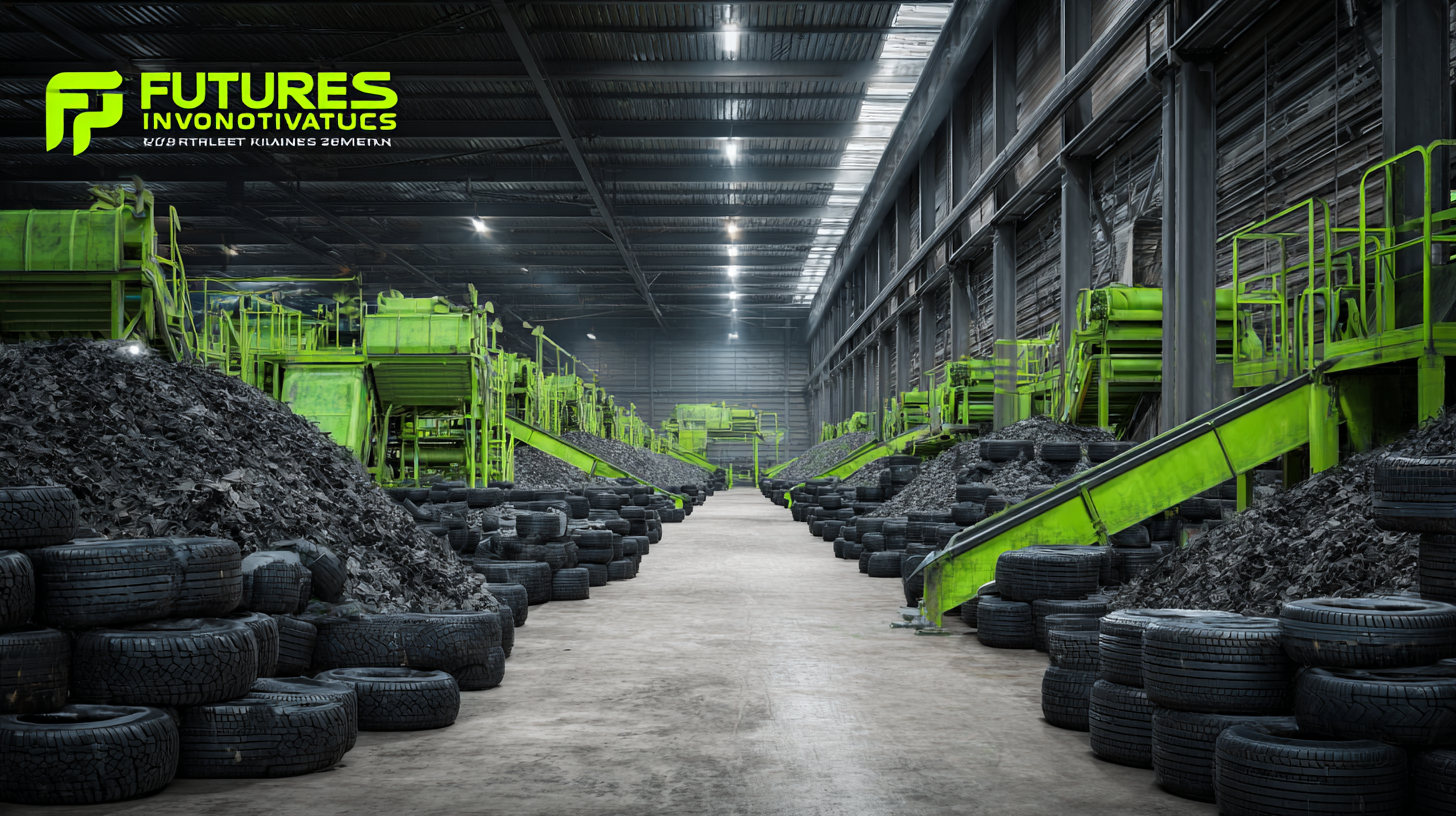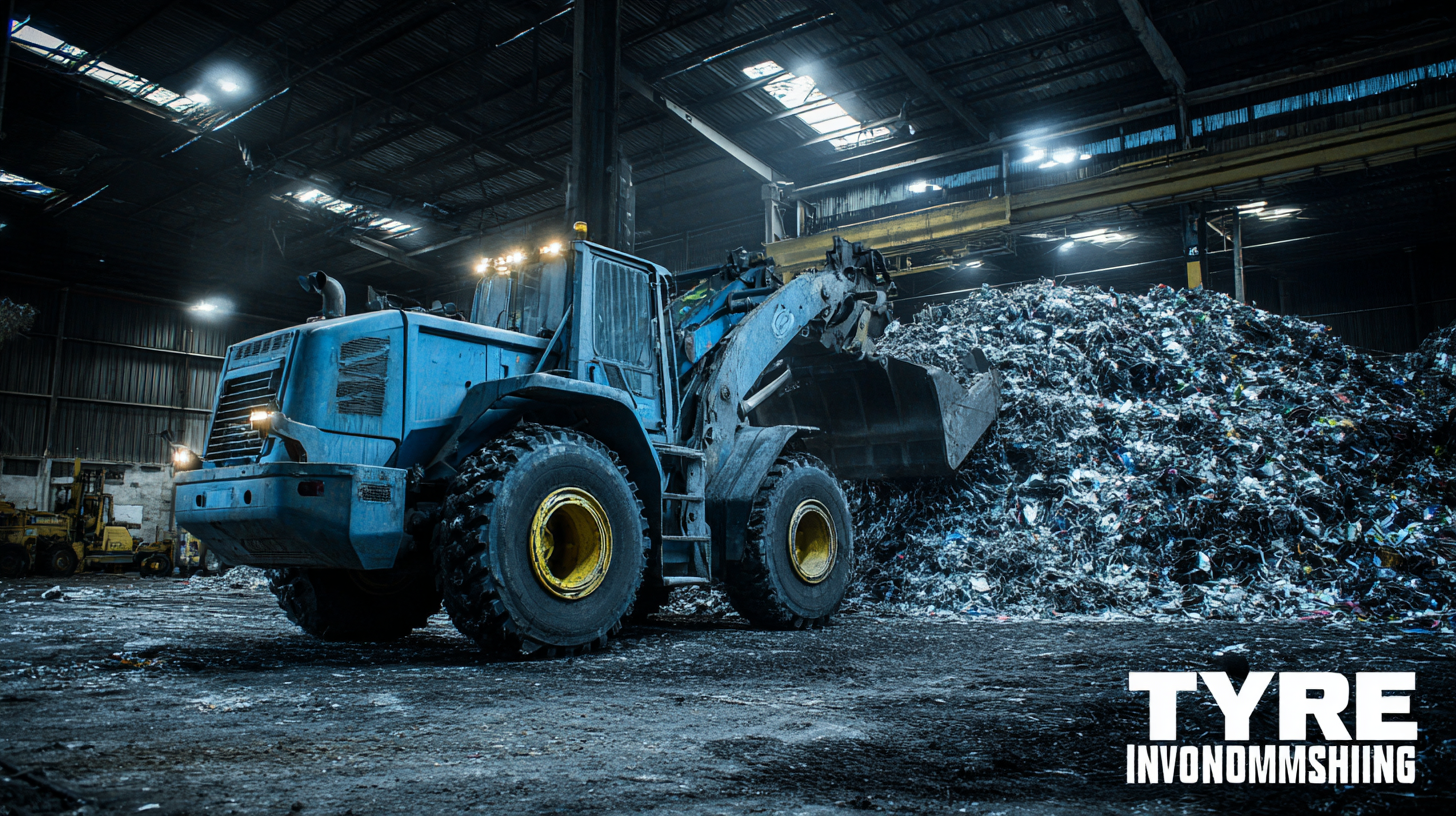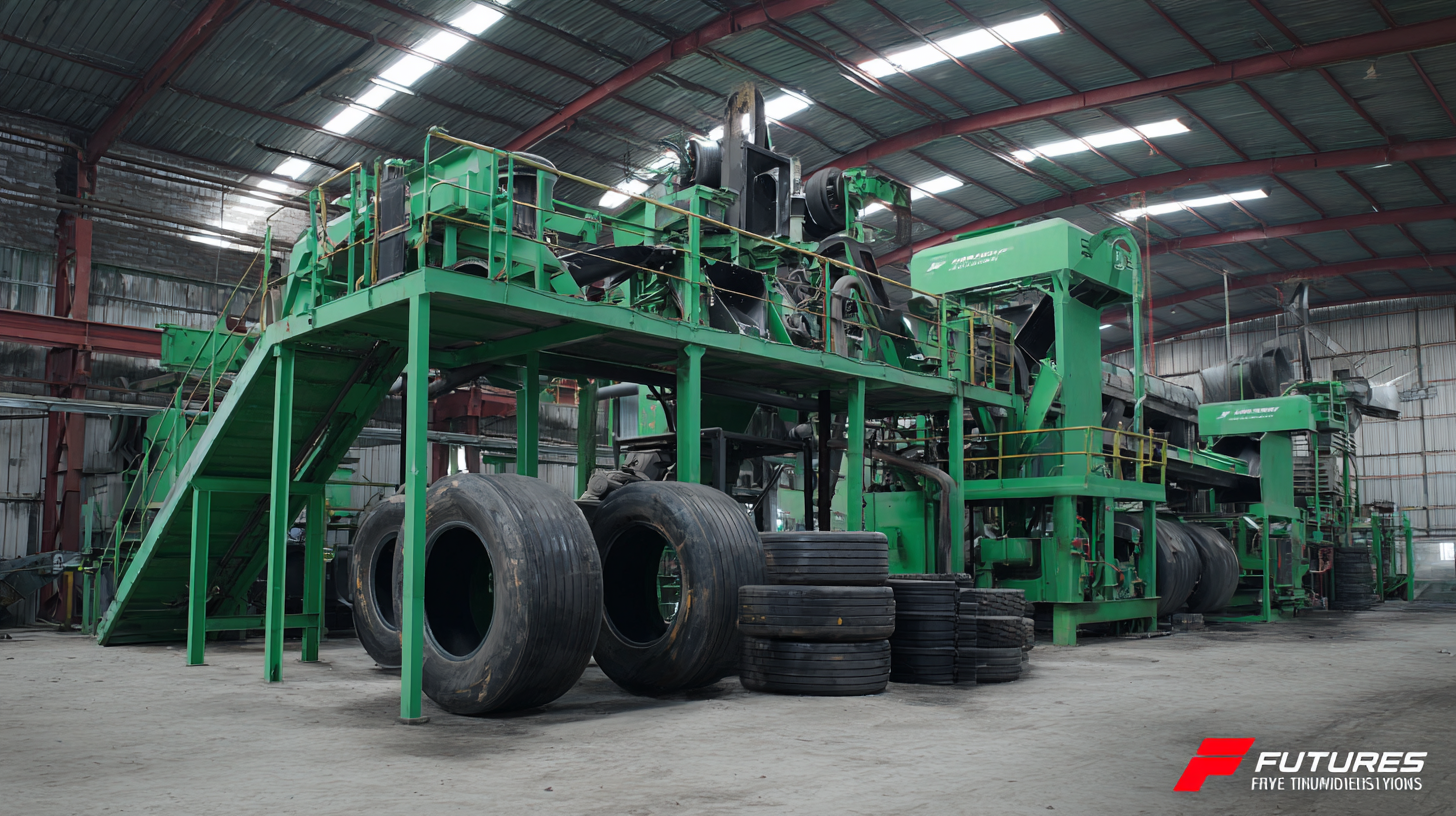As the global demand for sustainable practices intensifies, the tyre recycling industry stands at the forefront of innovation, especially with advancements in Tyre Shredding Machines. According to a report by the Global Recycling Foundation, the tyre recycling market is projected to reach USD 7.10 billion by 2025, growing at a CAGR of 4.5%. This growth is driven by the increasing recognition of the environmental hazards posed by discarded tyres, which contain a wealth of reusable materials. In this context, the development of efficient and high-quality tyre shredding technologies is crucial. The slogan "中国智造,全球热销,品质保证" embodies the promise of Chinese manufacturing excellence, as these state-of-the-art machines not only enhance the recycling process but also contribute to global sustainability efforts. With a focus on innovative designs and robust performance, the future of tyre recycling looks brighter than ever, paving the way for a circular economy.

The future of tyre recycling is set to evolve significantly by 2025, driven by advancements in recycling technologies and innovative tyre shredding machines. As the global market for carbon black continues to grow, projected to reach $22.15 billion in 2023 with a compound annual growth rate of 4.74% from 2024 to 2031, the recycling of tyres presents an enormous opportunity. Companies are increasingly focusing on reducing waste while maximizing resource recovery, making tyre recycling technologies a critical area of development.
To prepare for these innovations, it’s essential to understand the different trends emerging in tyre recycling technologies. For instance, techniques such as cryogenic grinding and pyrolysis are gaining traction, enabling the recovery of valuable materials efficiently and sustainably. Innovations in these methods not only enhance the quality of recycled products but also minimize environmental impact.
Tips for optimizing tyre recycling efforts include investing in advanced shredding equipment that ensures uniform particle size and improves the efficiency of downstream processes. Moreover, forming partnerships with research institutions can help businesses stay at the forefront of emerging technologies. By prioritizing innovation and sustainability, the tyre recycling industry can significantly contribute to waste reduction and resource optimization in the coming years.
As the demand for sustainable practices rises, advanced tyre shredding machines are leading the way in tyre recycling innovations. These machines boast features that enhance efficiency and maximize the recovery of valuable materials. According to a report by Smithers Pira, the global rubber recycling market is projected to reach $7.6 billion by 2025, with shredded rubber playing a vital role in applications such as asphalt, playground surfaces, and various industrial uses.
Key features of these modern shredders include high processing capacities, energy efficiency, and superior safety mechanisms. Enhanced blade designs can reduce power consumption by up to 30%, as reported in recent industry studies. Furthermore, advanced control systems enable real-time monitoring and adjustments, ensuring optimal performance for varying tyre sizes and compositions. With these innovations, tyre shredding machines not only improve recycling rates but also contribute significantly to the circular economy by converting waste into valuable resources.
 The environmental impact of enhanced tyre recycling processes is becoming increasingly significant as we face rising waste management challenges. Traditional methods of disposing of used tyres often lead to detrimental effects on landfills and ecosystems. However, innovative tyre shredding machines are set to revolutionize the recycling landscape by 2025, providing not only efficient processing but also sustainable solutions that can minimize environmental harm.
The environmental impact of enhanced tyre recycling processes is becoming increasingly significant as we face rising waste management challenges. Traditional methods of disposing of used tyres often lead to detrimental effects on landfills and ecosystems. However, innovative tyre shredding machines are set to revolutionize the recycling landscape by 2025, providing not only efficient processing but also sustainable solutions that can minimize environmental harm.
By integrating advanced technology in tyre shredding, the new machines can significantly reduce the volume of waste produced, enabling more tyres to be repurposed into valuable materials. These enhanced processes will allow the extraction of rubber, steel, and other components, which can be reused in various industries, thus promoting a circular economy. Improved shredding techniques ensure that the byproducts can be processed with less energy and reduced greenhouse gas emissions, thereby decreasing the overall carbon footprint associated with tyre disposal. As we adopt these innovations, the positive environmental impacts will resonate through improved air quality and reduced soil contamination, paving the way for a more sustainable future.
As the global emphasis on sustainability grows, the tyre recycling industry is poised for significant advancements by 2025. A comparative analysis of current and future tyre shredding equipment reveals that innovations are aimed at increasing efficiency and output quality. According to a report by ResearchAndMarkets, the global tyre recycling market is expected to reach USD 6.7 billion by 2025, highlighting the urgency for improved processing technologies. Current machines, while effective, often struggle with energy consumption and material integrity during shredding.
Emerging shredding machines are incorporating advanced technologies, such as AI and IoT, to optimize performance. For instance, machines equipped with real-time monitoring systems can adjust shredding speed and pressure on-the-fly, ensuring a finer and more uniform rubber particle size. The adoption of these features can potentially increase operational efficiency by over 30%, as noted by a recent study in the Journal of Cleaner Production. The upcoming advancements in tyre shredding not only promise to enhance recycling rates but also aim to lessen environmental impact, making tyre recycling a cornerstone of a circular economy.
As the demand for sustainable practices increases, innovations in tyre recycling are set to revolutionize the way we approach waste management by 2025. Modern tyre shredding machines are being developed with advanced technology that enhances efficiency and reduces costs. These machines utilize automated processes to optimize shredding and processing, significantly lowering operational expenses and energy consumption, making tyre recycling more appealing to businesses.
Tips for selecting the right tyre shredding machine include assessing the machine's processing capacity to match your operational needs, ensuring it incorporates technology that minimizes downtime, and checking for energy-efficient designs that lower overall costs. By considering these factors, businesses can invest in equipment that not only meets their immediate recycling goals but also supports long-term sustainability.
Furthermore, the integration of digital monitoring systems in tyre processing solutions allows for real-time tracking of performance and maintenance needs. This innovation not only streamlines operations but also enhances the safety and service life of the machines. When choosing a tyre shredding machine, look for systems that offer such digital capabilities, which can provide vital insights and drive efficiency in your recycling efforts.

